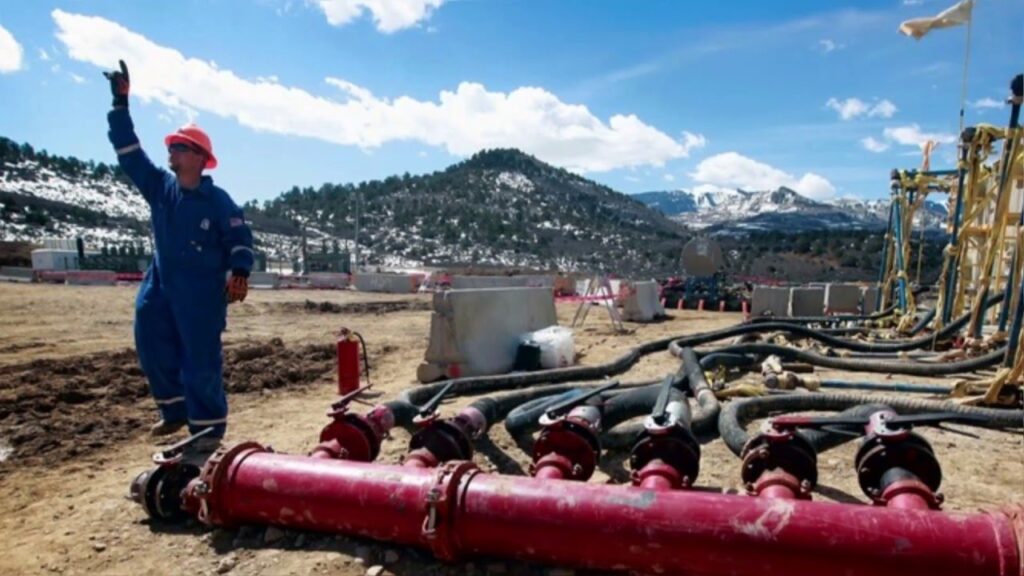In today’s fast-paced world, where businesses and industries constantly seek ways to optimize their operations and reduce downtime, strategic preventative maintenance has emerged as a critical component of success. One company that stands out in this arena is Croft Systems. With a commitment to innovation and sustainability, Croft Systems has become a leader in implementing strategic preventative maintenance solutions that not only enhance efficiency but also contribute to a greener, more sustainable future. In this article, we will delve into the world of Croft Systems, exploring their approach to preventative maintenance, and the ways in which it is reshaping industries and the environment.
The Power of Preventative Maintenance
Preventative maintenance is a proactive approach that aims to detect and address potential issues before they cause system failures or unplanned downtime. It involves regular inspections, servicing, and upkeep of equipment, machinery, and infrastructure, ensuring they remain in optimal working condition. This approach not only saves time and money but also minimizes environmental impact by reducing waste and energy consumption.
The traditional approach to maintenance often involves waiting for equipment to break down and then fixing it. This reactive strategy can lead to increased downtime, costly repairs, and a negative environmental footprint. In contrast, Croft Systems has embraced preventative maintenance as a central element of their business philosophy. By doing so, they are helping their clients increase efficiency, reduce environmental impact, and enhance the overall sustainability of their operations.
A Holistic Approach to Maintenance
At Croft Systems, preventative maintenance is more than just a checklist of tasks to perform. It’s a holistic approach that considers the entire lifecycle of equipment and infrastructure. They take the time to understand the unique needs and challenges of each client, tailoring their maintenance programs to ensure maximum efficiency and sustainability.
Data-Driven Decision-Making: Croft Systems leverages advanced data analytics and predictive maintenance technology to gather real-time data from equipment and systems. This data is then used to make informed decisions regarding maintenance schedules, identifying issues before they become critical.
Risk Assessment: Croft Systems assesses the risks associated with different equipment and systems to prioritize maintenance efforts. They focus on critical components that, if neglected, could lead to system failures, costly repairs, and environmental repercussions.
Environmental Impact Mitigation: In a world where sustainability is a top priority, Croft Systems is committed to minimizing the environmental footprint of their maintenance operations. By preventing equipment failures and the associated waste and energy consumption, they contribute to a greener and more sustainable future.
Customized Solutions: No two industries or businesses are alike, and Croft Systems understands this. They create tailored maintenance plans that suit the specific needs and goals of their clients. Whether it’s the healthcare sector, manufacturing, or energy production, Croft Systems adapts to the demands of each industry.
The Environmental Impact of Preventative Maintenance
The advantages of preventative maintenance extend beyond cost savings and efficiency gains; they have profound implications for environmental sustainability. Croft Systems has recognized the connection between their work and the greater environmental good. Here are some of the ways in which strategic preventative maintenance promotes sustainability:
Waste Reduction: In a reactive maintenance approach, broken equipment often leads to the disposal of irreparable components, contributing to landfills and increasing waste. Preventative maintenance prevents such scenarios by addressing issues before they become critical, reducing the need for costly replacements and disposal.
Energy Efficiency: Well-maintained equipment operates more efficiently, consuming less energy. This directly translates into reduced energy bills and a smaller carbon footprint. By focusing on maintaining peak operational conditions, Croft Systems helps their clients lower energy consumption and emissions.
Water Conservation: In industries reliant on water, such as agriculture or manufacturing, water waste can be significant when equipment fails. Preventative maintenance minimizes the likelihood of water-related issues, conserving this precious resource and promoting responsible water management.
Pollution Prevention: Equipment breakdowns can lead to hazardous material spills or emissions, causing environmental pollution. Strategic preventative maintenance helps avoid such accidents, mitigating the environmental impact and ensuring regulatory compliance.
A Case Study: Croft Systems’ Impact on the Renewable Energy Sector
The renewable energy sector is one area where Croft Systems has made a significant impact through its strategic preventative maintenance initiatives. Renewable energy sources, such as wind turbines and solar panels, play a vital role in reducing greenhouse gas emissions. However, maintaining these installations is crucial to their long-term sustainability.
Croft Systems works with renewable energy companies to implement preventative maintenance strategies that extend the lifespan of equipment and maximize energy production. By using data-driven solutions, they can predict potential issues and schedule maintenance during periods of low energy generation, minimizing disruptions to power supply.
In addition to extending the lifespan of equipment and reducing downtime, Croft Systems’ maintenance efforts in the renewable energy sector have led to substantial energy savings. By ensuring that wind turbines, solar panels, and other renewable energy assets are operating optimally, they maximize the energy output and decrease the need for additional installations, ultimately conserving resources and reducing the sector’s environmental footprint.




